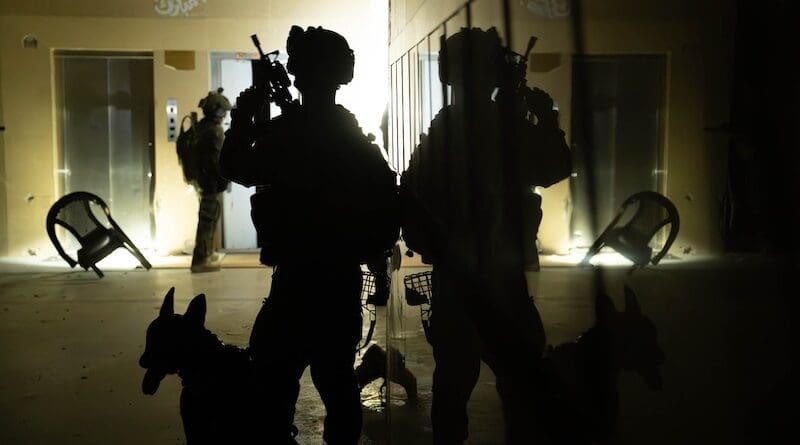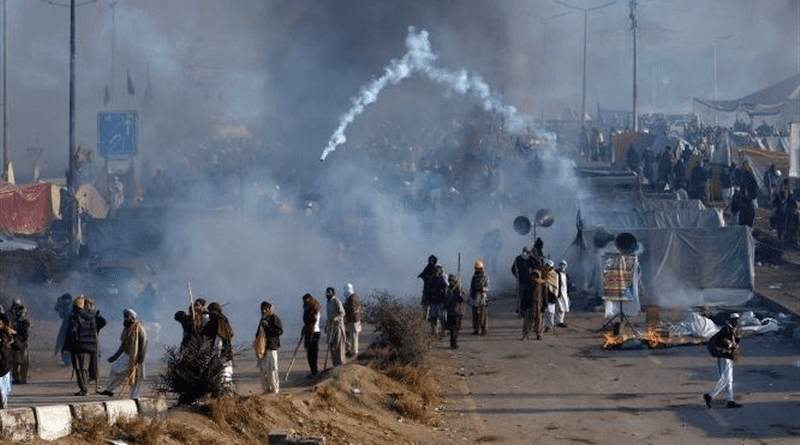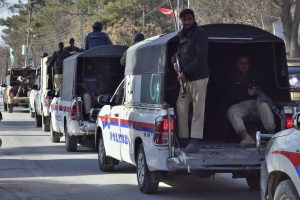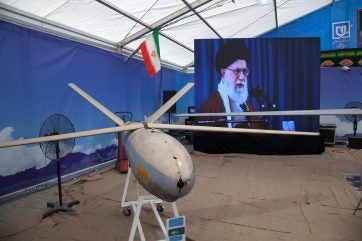Ted Singer

Hamas is an acronym for the Islamic Resistance Movement and means “zeal” in Arabic. This wordplay foreshadowed the October 7 disaster, in which 1,200 people were killed.
In response to the October 7 attack, Israel launched Operation Iron Sword, a large-scale military campaign in Gaza. Prime Minister Benjamin Netanyahu has articulated the following “prerequisites for peace”: destroy Hamas, demilitarize Gaza, and deradicalize Palestinian society. These goals are impossible to achieve, counterproductive to Israel’s long-term security, and risks setting Israel into a trap set by Hamas. Instead, Netanyahu should undercut the appeal of Hamas among Palestinians by engaging credible Palestinian, Arab, and Muslim voices to undercut Hamas’ powerful propaganda.
The Meaning of the “Islamic Resistance Movement”
Hamas founders in 1987 carefully curated their words to propagate an ideology that would endure beyond inevitable efforts to capture and kill individual adherents.
Islamic
Islamic, of course, means of or relating to Islam, which itself means peace or submission to God. Worldwide, there are some 1.8 billion Muslims. Among the estimated 14 million Palestinians in Gaza and the West Bank and diaspora, the vast majority are Sunni Muslim. Drawing on their Muslim Brotherhood roots and tapping into the ascendant, conservative Islam in Saudi Arabia and Iran, Hamas founders sought to broadly interlink the Palestinian cause to religion. Among Palestinians, Hamas aimed to starkly differentiate itself from its rival, the Palestinian Liberation Organization, and other Palestinian militant groups, which has secular, if not Marxist, origins.
Resistance













